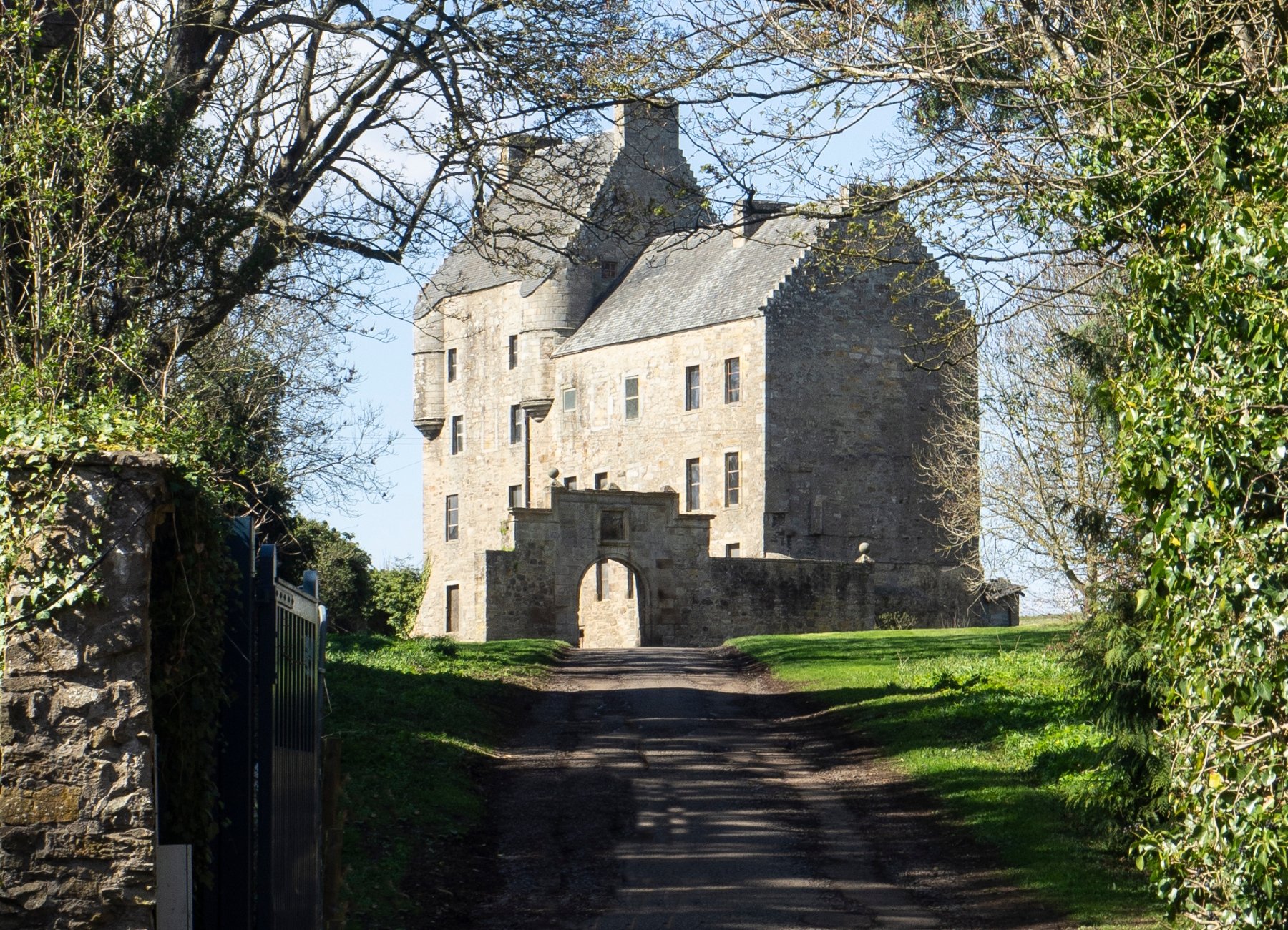Life of Rob Roy MacGregor: Scottish Folk Hero
Rob Roy MacGregor was a famous Scottish outlaw and folk hero who lived during the early 18th century in the Scottish highlands. During this time, the highlands were filled with rival clans who were constantly feuding over land, cattle, and power. The lack of strong central authority meant that cattle raiding and blood feuds between clans were commonplace. The rugged, mountainous terrain also made the highlands notoriously difficult to govern.
Rob Roy emerged in this tumultuous environment as a champion of the oppressed MacGregor clan. While labelled an outlaw by the English government, he was considered a hero by many highlanders for standing up to corrupt landlords and protecting the common people. Known as Red Rob for his fiery red hair, his swashbuckling adventures and evasion of authorities created a Robin Hood-like legend that endures in stories and popular culture today.
At Scotland’s Wild, our friendly, story-telling guides have led thousands of trips through Scotland. We share history, legends and tales to entice people to visit this incredible country!
If you’d like to check-out our selection of tours, from day trips to islands hopping multi-day adventures - click here.
Early Life
Born in 1671 near Loch Katrine in Perthshire, Scotland, Rob Roy MacGregor came from a renowned family of cattle dealers that reached royal prestige during the 16th century. His father, Donald Glas MacGregor, led the Clan MacGregor and his mother was Helen Campbell, daughter of a local laird.
From a young age, Rob Roy was surrounded by influential clan leaders and learned the family business of driving Highland cattle.
Growing up in a remote area near the Highland Boundary fault line, he became adept at navigating the rugged landscape and gained extensive knowledge of grazings, passes, and lochs in the Central Highlands.
This experience prepared him for a life filled with daring adventures traversing the wilds of Scotland.
Clan MacGregor
The MacGregors are an ancient Scottish clan, originating from Glen Orchy in the west highlands. They were formally known as Clan Alpine. In the early 1600s, the clan was involved in a long-running feud against the Colquhouns of Luss over land and cattle.
After the clan was held responsible for the slaughter of the Colquhouns in the Battle of Glen Fruin in 1603, the Clan Gregor was banned and dispossessed by King James VI of Scotland. Their very name was forbidden, they were given the label "the clan who should not be named". The chief of Clan Gregor was executed and many members were murdered or imprisoned.
The clan was landless and poor but remained in the Scottish highlands as outlaws or by taking other names. They were eventually pardoned in 1774. Despite the oppression they faced for over 150 years, the MacGregors endured and prospered. They remain a proud Scottish clan to this day.
Cattle Raiding
Raised in a Highland clan system defined by inter-clan rivalry and cattle raiding, Rob Roy engaged in cattle raids against rival clans from an early age. As the son of a prominent clan chief, he was expected to participate in these raids to increase his family's wealth and status.
Cattle represented the main form of wealth and sustenance in the Scottish Highlands during this era. Raids often involved stealthily stealing cattle from the lands of rival clans under the cover of darkness. Success in these raids demonstrated strength, cunning, and fearlessness - qualities valued in Highland clan warriors.
Rob Roy built a reputation as a cunning cattle raider through daring raids into lands controlled by rivals like the Colquhouns and Buchanans. While seen as heroic within his clan, these raids increased tensions with neighboring clans. Reprisals and counter-raids were common, fueling spiraling cycles of inter-clan conflict and violence in the region.
Outlawed
In 1712, Rob Roy MacGregor was charged with treason by the Duke of Montrose. This was a devastating blow, as being outlawed meant he had no legal rights and could be killed without repercussion.
The Duke of Montrose had previously supported the MacGregor clan. However, Rob Roy had borrowed money from him and fallen behind on repaying the loans. Enraged, the Duke decided to make an example out of Rob Roy. He brought charges of treason against Rob Roy, accusing him of being a Jacobite sympathizer.
At the time, being a Jacobite was akin to treason, as it meant supporting the Catholic Stuarts over the Protestant Hanoverians for the British throne. Rob Roy's reputation as a highland rogue made him an easy target for the charges.
Despite a lack of evidence, Rob Roy was found guilty. The Duke then pushed to have him outlawed, arguing he was a threat to the nation. This amounted to open season on Rob Roy, allowing anyone to pursue and kill him without consequences.
Forced into hiding in the highland wilderness, Rob Roy turned increasingly to raiding and lawlessness to survive. He felt betrayed by a nation that had turned against his clan despite years of loyalty. Being outlawed shaped him into a legendary outlaw forced to live on the fringes of society.
Jacobite Uprisings
Rob Roy MacGregor was a prominent supporter of the Jacobite cause to restore the House of Stuart to the British throne. When the Glorious Revolution occurred in 1688, in which the Catholic King James II was deposed by the Protestant King William III, the Highland clans largely supported the exiled Stuarts.
Rob Roy sided with the Jacobites and their goal to overthrow the Protestant monarchy. He joined the Jacobite uprising of 1689, in which John Graham, 1st Viscount Dundee attempted to return the throne to James II. After Dundee's death, the revolt was quickly defeated at the Battle of Dunkeld.
In the subsequent Jacobite Rising of 1715, the clans rose up in support of James II's son James Francis Edward Stuart. Rob Roy played a prominent role in this rebellion as well, likely participating in the Battle of Sherrifmuir where the Jacobites and Hanoverian government forces fought to an inconclusive draw.
Although the 1715 uprising also failed, Rob Roy's support of the Jacobite cause only grew. He would continue backing the Stuarts for the rest of his life, awaiting the day when the House of Stuart would rule Britain again. Despite repeated failed uprisings, Rob Roy never wavered in his Jacobite loyalties.
Legendary Status
Rob Roy MacGregor became a celebrated folk hero in stories and songs told throughout Scotland. While some of the tales may have exaggerated or aggrandized certain elements, they cemented his legendary status as a romantic outlaw figure in the public imagination.
Accounts of Rob Roy's exploits were spread through oral tradition, with stories and ballads portraying him as a champion of the common people who stood up to oppressive landlords. These tales characterized him as a principled man with a strong moral code, who protected the poor and only stole cattle from the rich.
Rob Roy was immortalized in literature as well, appearing as a heroic character in Sir Walter Scott's 1817 novel Rob Roy. Scott presented an imaginative version of MacGregor's life that drew from history but took artistic liberties. The popular novel further popularized Rob Roy as a charismatic folk hero.
The stories and songs celebrating Rob Roy contributed to his iconic status in Scottish history and culture. Though not always strictly factual, they encapsulated his signature qualities - strength, bravery, charm, wit, and concern for the downtrodden. Over time, his legend grew as his persona became synonymous with the struggle for justice and freedom. Rob Roy emerged as one of Scotland's great romantic anti-heroes.
Death
Rob Roy MacGregor died peacefully at home in Balquhidder in 1734 at the age of 63. He had led a long and adventurous life, but his final years were spent quietly on his lands with his family.
Though he had been a controversial figure, renowned and feared in his lifetime, Rob Roy had made peace with the authorities and was never brought to trial for his exploits. He outlived many of his friends and enemies.
His burial site can still be seen today in the graveyard at Balquhidder. It is marked by a simple headstone, adorned with a carving of a sword. This unassuming memorial belies Rob Roy's larger-than-life reputation.
After his death, tales of his adventures as a highland outlaw and folk hero only grew. He passed into legend, his life becoming the inspiration for books, films, and more. But before he was a legend, Rob Roy MacGregor lived an extraordinary real life amidst the beautiful but rugged Scottish highlands.
Cultural Legacy
Rob Roy MacGregor became a legendary figure known throughout Scotland and beyond. His exploits inspired an outpouring of literature and art about this romantic outlaw hero.
Sir Walter Scott published a novel titled Rob Roy in 1817, presenting a fictionalized account of Rob Roy's life. The novel was extremely popular and helped cement Rob Roy's reputation in the public imagination. Romanticized tales and poems portrayed him as a Robin Hood-like character who stole from the rich and gave to the poor Highlanders.
Later authors such as Robert Louis Stevenson continued to portray Rob Roy as a folk hero. The 20th century saw a surge of films dramatizing his life. A Disney movie titled Rob Roy: The Highland Rogue was released in 1953. In 1995, Liam Neeson starred as Rob Roy in an eponymous film that brought the Scottish legend to a new generation.
Rob Roy endures as a classic tale of adventure, resistance against authority, and the struggle of the underdog. His life provides a window into clan warfare, political turmoil, and cultural memory in Scotland. Through literature and film, the story of this highland rogue continues to inspire audiences centuries after his death.























